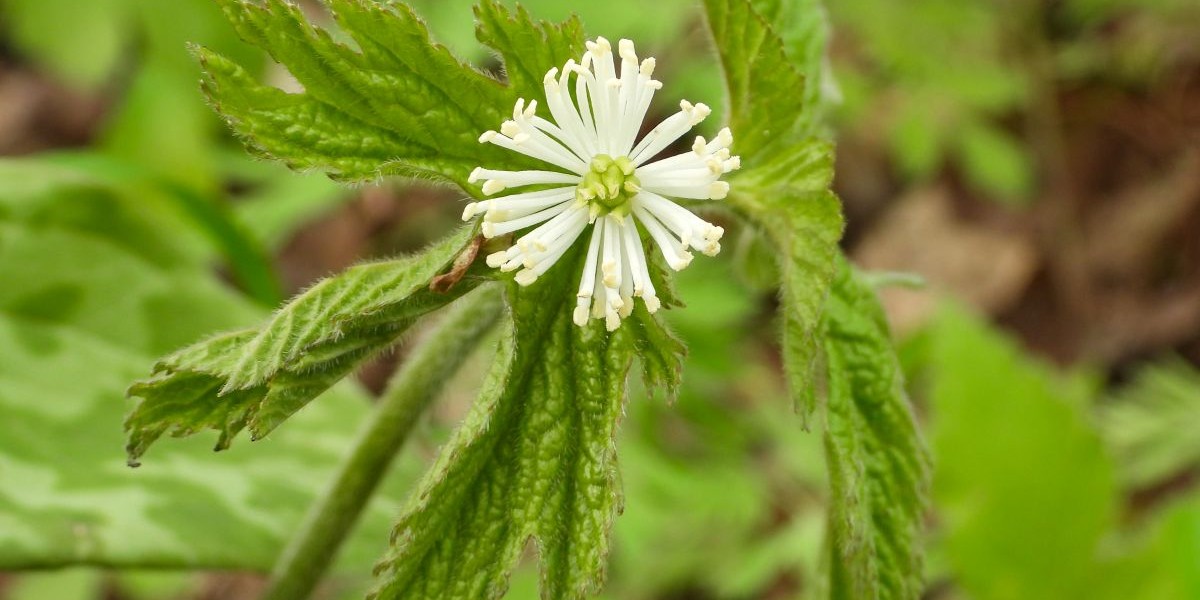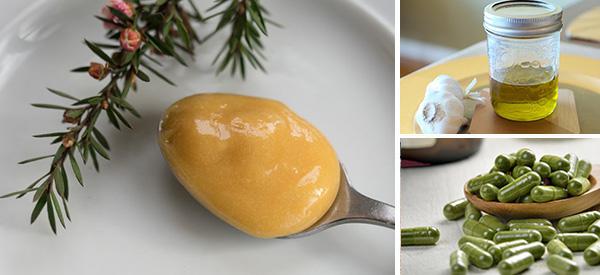
Goldenseal – Benefits, How To Grow, Identify, and Use
Hydrastis canadensis
Goldenseal is one of North America’s most respected medicinal plants, known for its vibrant yellow root and long history of use among Indigenous healers and early settlers. Today it remains a valuable herb for supporting the immune system, soothing inflamed tissues, and promoting healthy digestion. Its earthy bitterness carries potent alkaloids that offer protective, cleansing, and restorative benefits when used thoughtfully.
Goldenseal has earned its place in herbal traditions not only for its potency but also for its reliability. Generations of harvesters learned to recognize the plant during long walks through shaded forests, gathering it carefully and using it sparingly. Even now, many herbalists keep a small amount on hand for times when the body feels overwhelmed or out of balance. Its strength and deep heritage make it a plant to approach with respect.
Benefits of Goldenseal
Supports the immune system
Goldenseal is well known for its ability to strengthen the body’s natural defenses. The plant’s main alkaloid, berberine, works gently but effectively to support a healthy immune response during seasonal challenges or times of strain.
Soothes digestive discomfort
The bitter compounds in goldenseal stimulate digestive activity and help calm issues like bloating, sluggish digestion, and mild irritation in the stomach or intestines. Many traditional herbalists relied on it for digestive balance.
Promotes healthy skin and tissue repair
Goldenseal was often used topically to support the healing of minor cuts, scrapes, and irritations. Its cleansing properties help protect the skin while supporting natural repair.
Supports respiratory health
The herb’s soothing nature offers gentle relief when the respiratory system feels stressed. Goldenseal can help calm throat irritation and support easy breathing during seasonal discomfort.
Goldenseal’s broad range of actions comes from its high concentration of berberine and related alkaloids that influence several body systems at once. Although it is a strong herb, many people appreciate its ability to bring comfort during cold seasons, digestive upsets, or times of physical stress. Its versatility is one reason it has remained a valued staple in traditional medicine cabinets.
How to Identify Goldenseal
Goldenseal grows low to the ground with a single hairy stem and one or two broad, deeply veined leaves. Each leaf is palm shaped, with five to seven lobes and jagged edges. In early spring the plant produces a small greenish white flower that later becomes a bright red berry. The true treasure lies underground in its thick, yellow rhizome that gives the plant its name.
Although goldenseal is distinctive once you learn its traits, it often hides among leaf litter and shade loving plants. The deep ridges in the leaves and the plant’s rugged, slightly rough texture help set it apart from more common woodland species. When handled carefully, the rhizome reveals its unmistakable golden color, a natural marker used by Indigenous healers for generations.
How to Grow Goldenseal
Goldenseal prefers shaded woodlands with rich, moist, loamy soil. If you plan to grow it at home, choose a spot beneath trees or create a shaded garden bed. Plant healthy rhizome cuttings in spring or fall, keep the soil consistently damp, and allow the plant time to mature. Goldenseal grows slowly and benefits from a natural, undisturbed environment. Because wild populations are threatened, growing your own is an excellent way to preserve this traditional herb.
When cultivated with patience, goldenseal becomes a rewarding part of a woodland herb garden. It appreciates mulch, steady moisture, and a gentle hand. Once established, it can form small colonies that return year after year. Gardeners often find that goldenseal thrives when grown alongside other shade dwellers like ginseng, black cohosh, or ferns, creating a little pocket of forest medicine right at home.
How to Use Goldenseal
Goldenseal is typically used in small, mindful amounts. The dried root can be prepared as a tea, tincture, or external wash. Many people turn to it during digestive trouble or when they need extra immune support. For skin care, a gentle infusion or diluted tincture can be applied topically. Because of its strength, it is often paired with other calming herbs like chamomile or marshmallow root.
Thoughtful use is essential with goldenseal. Its bitterness and strong alkaloids make it a herb best reserved for short periods of need rather than daily routine. When combined with soothing herbs, its intensity becomes more balanced and easier for the body to handle. Whether used internally or externally, goldenseal offers concentrated support rooted in centuries of traditional knowledge.
Similar Plants (Comparison Table)
| Plant | Key Features | Main Uses | Differences |
| Goldenseal | Yellow root, shade loving, bitter taste | Immune support, digestion, skin repair | Stronger alkaloids, used in small amounts |
| Oregon Grape Root | Yellow root with evergreen leaves | Digestive balance, liver support | Similar berberine content but more abundant |
| Barberry | Thorny shrubs with red berries | Cleansing, digestive health | Gentler and more common than goldenseal |
These plants often appear together in herbal formulations because they share similar alkaloids and complementary actions. For those who prefer a gentler or more sustainable option, Oregon grape and barberry are widely available and easier on wild populations. Understanding these alternatives helps herbalists make choices that respect both the land and the long term survival of important medicinal plants.
A Note of Caution
Goldenseal is potent and can be overstimulating if taken in large amounts or for long periods of time. Pregnant and nursing women should avoid it, and anyone on medication should consult a professional before use. Since wild goldenseal is endangered, always choose ethically grown sources.
Being mindful with goldenseal protects both your well being and the health of the forests where it grows. Small, intentional doses are usually more than enough to experience its benefits. By sourcing cultivated roots or growing your own, you help preserve a plant that has supported traditional healing for centuries.
Final Thoughts
Goldenseal is a powerful reminder of how deeply healing plants can be when we approach them with respect. Its role in traditional medicine has endured for centuries, and for good reason. From supporting digestion to strengthening natural defenses, goldenseal remains a valuable part of any thoughtful herbal toolkit.
When you take time to understand goldenseal’s history and character, it becomes clear why so many healers considered it an essential remedy. Even with its strength, it works best in partnership with other herbs and a balanced lifestyle. Like many traditional plants, goldenseal teaches the value of patience, moderation, and careful stewardship.
Recommended: The Forgotten Home Apothecary
If you enjoy working with herbs that truly make a difference, you will appreciate what you find in The Forgotten Home Apothecary. This beautifully crafted guide shows you how to turn simple plants into effective remedies for everyday wellness. It is a trusted resource for anyone who wants to reconnect with traditional healing and build a home filled with natural solutions.









